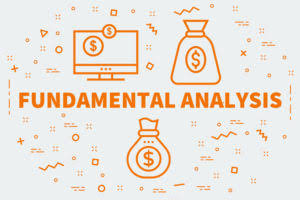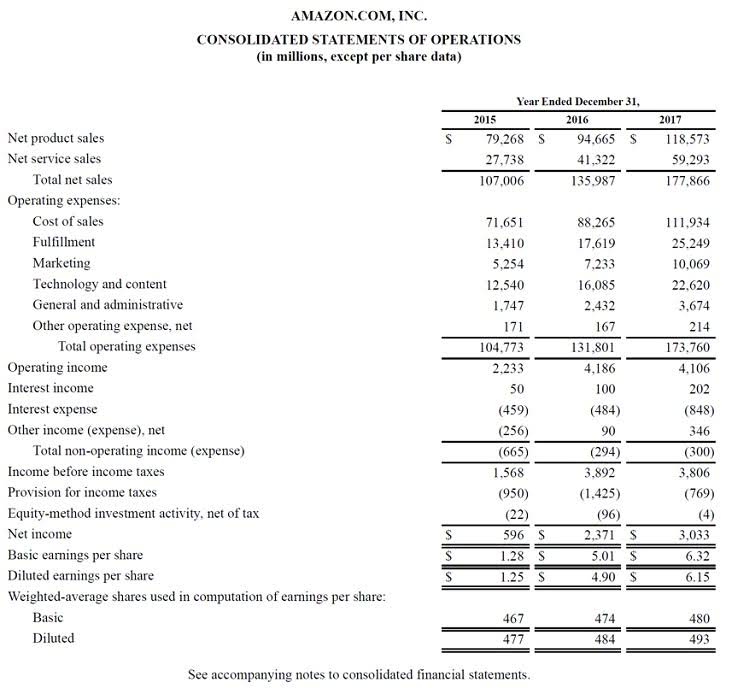Such decision-making is common to companies that manufacture a diversified portfolio of products, and management must allocate available resources in the most efficient manner to products with the highest profit potential. It represents the incremental money generated for each product/unit sold after deducting the variable portion of the firm’s https://www.bookkeeping-reviews.com/ costs. The Contribution Margin Ratio is the product revenue remaining after deducting all variable costs, expressed on a per-unit basis. In May, \(750\) of the Blue Jay models were sold as shown on the contribution margin income statement. When comparing the two statements, take note of what changed and what remained the same from April to May.
How to calculate unit contribution margin
The product revenue and number of products sold can be divided to determine the selling price per unit, which is $50.00 per product. The resulting ratio compares the contribution margin per unit to the selling price of each unit to understand the specific costs of a particular product. Businesses use unit contribution margin to measure the profitability of manufactured goods and to inform production volume decisions. Watch this video from Investopedia reviewing the concept of contribution margin to learn more.
- It represents the incremental money generated for each product/unit sold after deducting the variable portion of the firm’s costs.
- Your unit contribution margin is $2.50 ($12 selling price – $9.50 variable costs), which is higher than the $2 unit contribution margin on your giraffe and llama.
- Using this contribution margin format makes it easy to see the impact of changing sales volume on operating income.
How does the contribution margin affect profit?
A good example of the change in cost of a new technological innovation over time is the personal computer, which was very expensive when it was first developed but has decreased in cost significantly since that time. The same will likely happen over time with the cost of creating and using driverless transportation. The CVP relationships of many organizations have become more complex recently because many labor-intensive jobs have been replaced by or supplemented with technology, changing both fixed and variable costs. For those organizations that are still labor-intensive, the labor costs tend to be variable costs, since at higher levels of activity there will be a demand for more labor usage.
How to Use Unit Contribution Margin to Help Make Business Decisions
This demonstrates that, for every Cardinal model they sell, they will have \(\$60\) to contribute toward covering fixed costs and, if there is any left, toward profit. Every product that a company manufactures or every service a company provides will have a unique contribution margin per unit. In these examples, the contribution margin per unit was calculated in dollars per unit, but another way to calculate contribution margin is as a ratio (percentage). All you have to do is multiply both the selling price per unit and the variable costs per unit by the number of units you sell, and then subtract the total variable costs from the total selling revenue.
Everything You Need To Master Financial Modeling
The company will use this “margin” to cover fixed expenses and hopefully to provide a profit. Similarly, we can then calculate the variable cost per unit by dividing the total variable costs by the number of products sold. The key component of the contribution per unit calculation that can cause difficulty is the variable cost.
However, if there are many products with a variety of different contribution margins, this analysis can be quite difficult to perform. The contribution margin is different from the gross profit margin, the difference between sales revenue and the cost of goods sold. While contribution margins only count the variable costs, the gross profit margin includes all of the costs that a company incurs in order to make sales. Only two more steps remain in our quick exercise, starting with the calculation of the contribution margin per unit – the difference between the selling price per unit and variable cost per unit – which equals $30.00. The contribution margin ratio, often abbreviated as “CM ratio”, expresses the residual profits generated from each unit of product sold, once all variable costs are subtracted from product revenue. Recall that Building Blocks of Managerial Accounting explained the characteristics of fixed and variable costs and introduced the basics of cost behavior.
However, the growing trend in many segments of the economy is to convert labor-intensive enterprises (primarily variable costs) to operations heavily dependent on equipment or technology (primarily fixed costs). For example, in retail, many functions that were previously performed by people are now performed by machines or software, such as the self-checkout counters in stores such as Walmart, Costco, and Lowe’s. Since machine and software costs are often depreciated or amortized, these costs tend to be the same or fixed, no matter the level of activity within a given relevant range.
Based on the contribution margin formula, there are two ways for a company to increase its contribution margins; They can find ways to increase revenues, or they can reduce their variable costs. Fixed cost are costs that are incurred independent of how much is sold or produced. Buying items such xerocon 2017 austin texas wrapup as machinery are a typical example of a fixed cost, specifically a one-time fixed cost. Regardless of how much it is used and how many units are sold, its costs remains the same. However, these fixed costs become a smaller percentage of each unit’s cost as the number of units sold increases.
In other words, it measures how much money each additional sale “contributes” to the company’s total profits. Where C is the contribution margin, R is the total revenue, and V represents variable costs. The fixed costs of $10 million are not included in the formula, however, it is important to make sure the CM dollars are greater than the fixed costs, otherwise, the company is not profitable. A company has revenues of $50 million, the cost of goods sold is $20 million, marketing is $5 million, product delivery fees are $5 million, and fixed costs are $10 million. Regardless of how contribution margin is expressed, it provides critical information for managers. Understanding how each product, good, or service contributes to the organization’s profitability allows managers to make decisions such as which product lines they should expand or which might be discontinued.
In this chapter, we begin examining the relationship among sales volume, fixed costs, variable costs, and profit in decision-making. We will discuss how to use the concepts of fixed and variable costs and their relationship to profit to determine the sales needed to break even or to reach a desired profit. You will also learn how to plan for changes in selling price or costs, whether a single product, multiple products, or services are involved. For the month of April, sales from the Blue Jay Model contributed \(\$36,000\) toward fixed costs. Looking at contribution margin in total allows managers to evaluate whether a particular product is profitable and how the sales revenue from that product contributes to the overall profitability of the company. In fact, we can create a specialized income statement called a contribution margin income statement to determine how changes in sales volume impact the bottom line.
Unit contribution margin should be just one of many accounting formulas and ratios you look at before you arrive at the solution to a problem. To illustrate how this form of income statement can be used, contribution margin income statements for Hicks Manufacturing are shown for the months of April and May. For example, assume that the students are going to lease vans from their university’s motor pool to drive to their conference. A university van will hold eight passengers, at a cost of \(\$200\) per van.
This information is useful for determining the minimum possible price at which to sell a product. In essence, never go below a contribution per unit of zero; you would otherwise https://www.bookkeeping-reviews.com/how-to-handle-3-critical-stages-of-business-growth/ lose money with every sale. The only conceivable reason for selling at a price that generates a negative contribution margin is to deny a sale to a competitor.
It provides one way to show the profit potential of a particular product offered by a company and shows the portion of sales that helps to cover the company’s fixed costs. Any remaining revenue left after covering fixed costs is the profit generated. Contribution per unit is the residual profit left on the sale of one unit, after all variable expenses have been subtracted from the related revenue.






